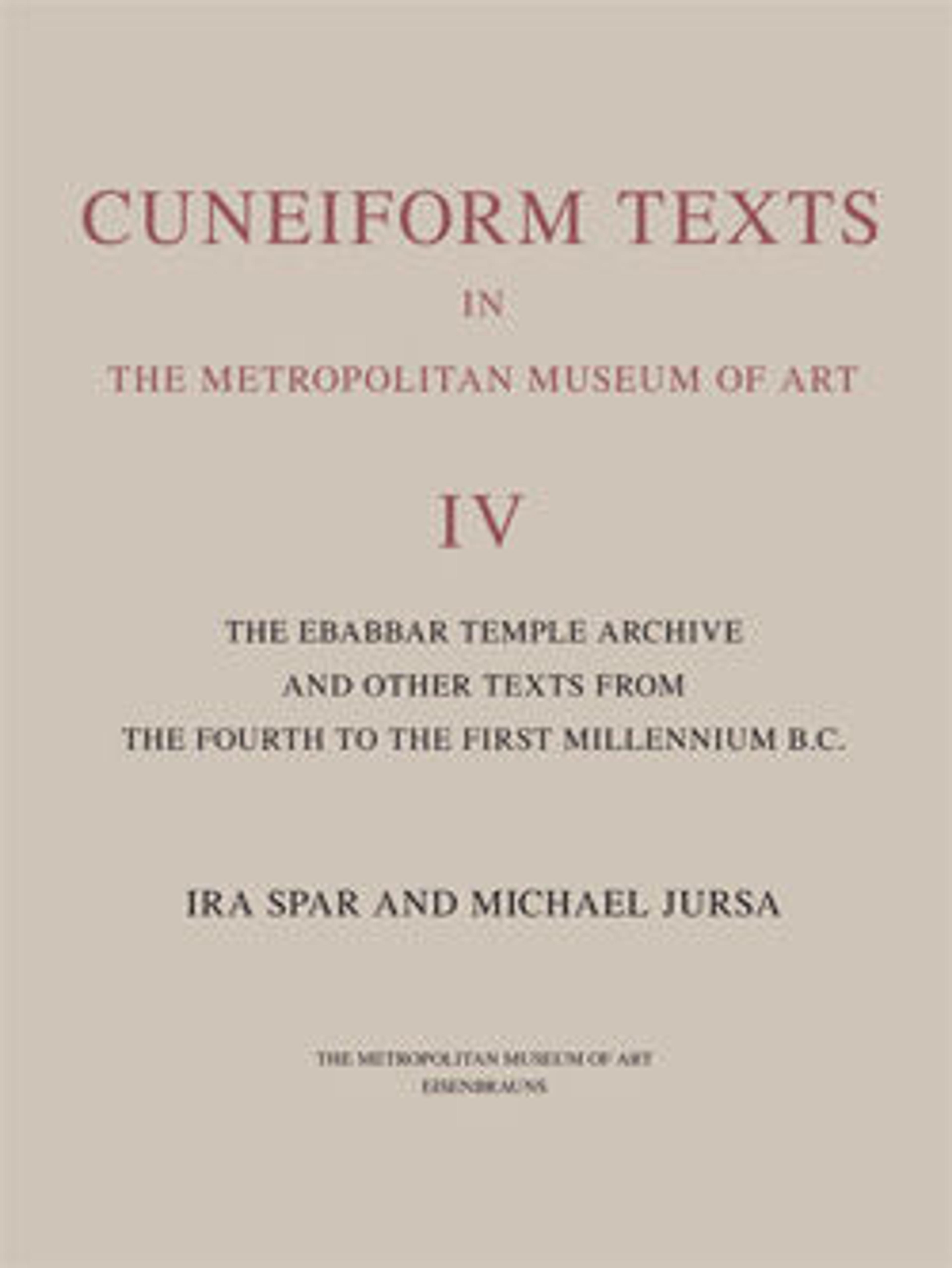Cuneiform prism describing the restoration of Babylon by Esarhaddon, stamped with Assyrian hieroglyphic inscription
Following a series of revolts against Assyrian rule, the city of Babylon was sacked by the Assyrian king Sennacherib in 689 B.C. In his inscriptions, Sennacherib claims to have destroyed the city entirely, but his successors concentrated on restoring Babylon—and with it their claim to legitimate rule of Babylonia. In this prism, Sennacherib’s son and successor Esarhaddon describes his efforts to rebuild the city. He ascribes Babylon’s destruction not to his father, but rather to the anger of Babylon’s chief deity, Marduk, provoked by the Babylonian people’s neglect of their gods and rituals. At the same time, Esarhaddon’s claim to have returned deportees and looted possessions to the city is a tacit admission of Assyrian guilt.
This prism is remarkable for the hieroglyphic design on its base. The images, to be read counterclockwise, show a stylized tree, a lion, a mountain, a plow, and a date-palm; other symbols on the damaged part of the prism are lost. Together, the signs are thought to form a cryptographic writing of Esarhaddon’s name and titles.
This prism is remarkable for the hieroglyphic design on its base. The images, to be read counterclockwise, show a stylized tree, a lion, a mountain, a plow, and a date-palm; other symbols on the damaged part of the prism are lost. Together, the signs are thought to form a cryptographic writing of Esarhaddon’s name and titles.
Artwork Details
- Title: Cuneiform prism describing the restoration of Babylon by Esarhaddon, stamped with Assyrian hieroglyphic inscription
- Period: Neo-Assyrian
- Date: ca. 676–672 BCE
- Geography: Mesopotamia, probably from Babylon (modern Hillah)
- Culture: Assyrian
- Medium: Clay
- Dimensions: 2 7/8 × 4 7/16 × 4 1/4 in. (7.3 × 11.3 × 10.8 cm)
- Credit Line: Purchase, 1886
- Object Number: 86.11.283
- Curatorial Department: Ancient West Asian Art
More Artwork
Research Resources
The Met provides unparalleled resources for research and welcomes an international community of students and scholars. The Met's Open Access API is where creators and researchers can connect to the The Met collection. Open Access data and public domain images are available for unrestricted commercial and noncommercial use without permission or fee.
To request images under copyright and other restrictions, please use this Image Request form.
Feedback
We continue to research and examine historical and cultural context for objects in The Met collection. If you have comments or questions about this object record, please contact us using the form below. The Museum looks forward to receiving your comments.
